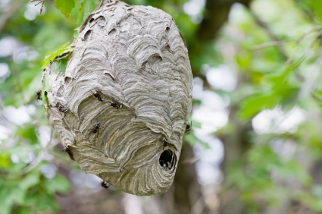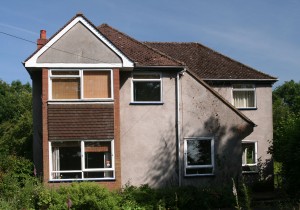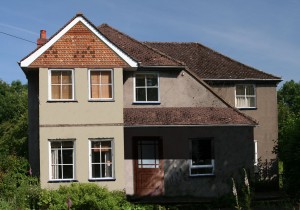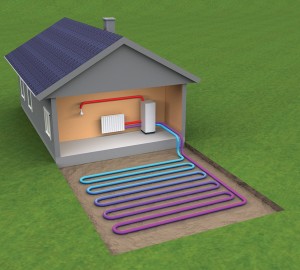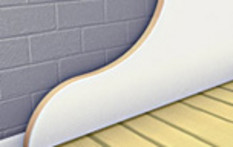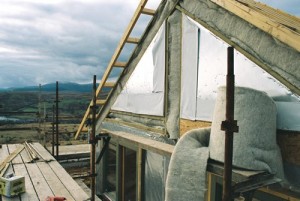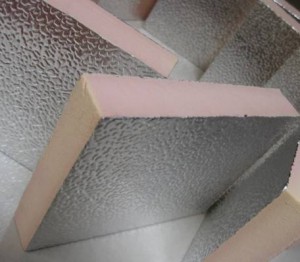Thank you so much for signing up for The Magic of Connection and the
Westacre Newsletter. We’re really grateful for your support.
These letters will bring you features, interviews and practices that
don’t appear anywhere else. In this issue, we start off with a simple
healing ritual that will help you find your centre in an chaotic world.
You have also received the first part of The Magic of Connection by
now. This 9 part course builds into a meditative ritual practice Twitter
connecting you deeply to the land and to yourself. I have been doing
this meditation daily in her garden for years, and it has been a great
source of healing and comfort in difficult times. Give it a go!
Please also let us know what you think of this e-mail. If you have any
ideas for articles or features, they are also very welcome. You can
contact us at newsletter@westacre.org.uk
Enjoy your first issue,
Hilde
## Coming Home – a ritual
Our busy daily lives often throw us off centre and leave us feeling
frazzled. Just travelling to and from work can be an ordeal. This very
simple ritual will bring you back to the heart of yourself with the help
of the Four Elements.
You need a representation of each element: Earth, Air, Fire and Water
(e.g. stone, feather, flower, shell)
Put the symbols around your circular working space, in the appropriate
direction. Cast a circle if you want to.
Sit in the centre of the circle. Take some breaths and centre yourself.
Stretch your awareness to the edge of your circle.
Walk around the edge of the circle. Sense which element draws you first.
Sit down with the one that speaks to you most loudly.
Become aware of that element in the place where you are working. The
solid Earth beneath you. The Air, always moving, touching your skin. The
Fire of Sun or Moon, of things living and growing. The Water of the
nearest stream, of rain, and of life ebbing and flowing.
Let each element heal you. Let the tensions in your body flow into the
solid Earth. Let your thoughts dissipate in the wind. Allow yourself to
shine with the light that surrounds you. Let your emotions flow freely,
away to the river, to the sea.
When you feel ready, move the symbol of the element from the edge of
your circle to the centre. Pause for a moment and just feel the element
in your body: the solidity of your flesh and bones; the air flowing in
and out with your breath; the fire of your life force warming you; the
waters of your body ebbing and flowing with each heart beat.
When you are strongly centred in that element, let your awareness of it
subside and return to the edge of the circle. Start walking around your
circle again, and go to the next element that speaks to you.
Work your way through the four elements, until all your symbols are at
the centre.
Sit and enjoy this for a while: this is your home, your centre, fully
balanced by the elements.
When you feel ready, gently draw your awareness from the edge of your
circle inward, to a distance that feels comfortable. Close your circle
if you cast one.
How does this ritual make you feel? What has changed? Write about it in
your journal and carry this centred energy out into your world.
## Featured blog posts and links
– EarthLines:
A few months ago, I came across EarthLines Magazine. It is dedicated to
nature writing, publishing articles that speak beautifully of our
connection with the land and its inhabitants. It is published quarterly.
I have subscribed to the electronic version of the magazine, and am
impressed by the beauty of its writing and its images. If you would like
a taster, go and have a look at the EarthLines Review, a web site that
publishes shorter articles in between issues of the magazine. Nature can
become our culture as we learn how to live in harmony with the Earth.
– Four Pathways to Connected Living:
As people who are concerned for the Earth and her inhabitants, we all
need support. We need to know that we are not alone, and that we are
strong enough to face up to the many challenges we face.
There are many things that we can do to conserve our soul as we do the
work to protect the Earth and each other. I have grouped them into four
Pathways that help us deepen our connection and our resilience:
The Pathway of Love helps us draw on the love we feel for our beautiful
home planet for motivation and sustenance. The Pathway of Sorrow allows
us to express difficult feelings that come up as we face many
challenges. The Pathway of Transformation helps us look at ourselves
from a different perspective, finding our true identity as part of the
natural world. And the Pathway of Service guides us to practical action
that is aligned with our soul’s purpose.
I intend to put together a collection of resources for each of these
Pathways. Eventually, there will be links, books and courses; meditative
practices, rituals, and practical suggestions. Read more here:
http://www.westacre.org.uk/spiritual-centre/four-pathways-to-connected-living/
## What you can do to help
Quick and easy:
– Tell your friends about the free Magic of Connection course.
– Share our blog posts on social media. Liking them is good, but
actually sharing things that you find interesting really helps us find
our audience.
– Comment on our blog posts, on the actual web site. Tell us about your
own adventures in connected living. This will get conversations started
that add value for all of us.
Get your hands dirty:
– Come and visit us at Westacre. Join in with what we are doing. It is
an opportunity to learn new skills and to hang out with us in our
beautiful garden.
## Stay in touch
*Our contact details* are here:
http://www.westacre.org.uk/contact

